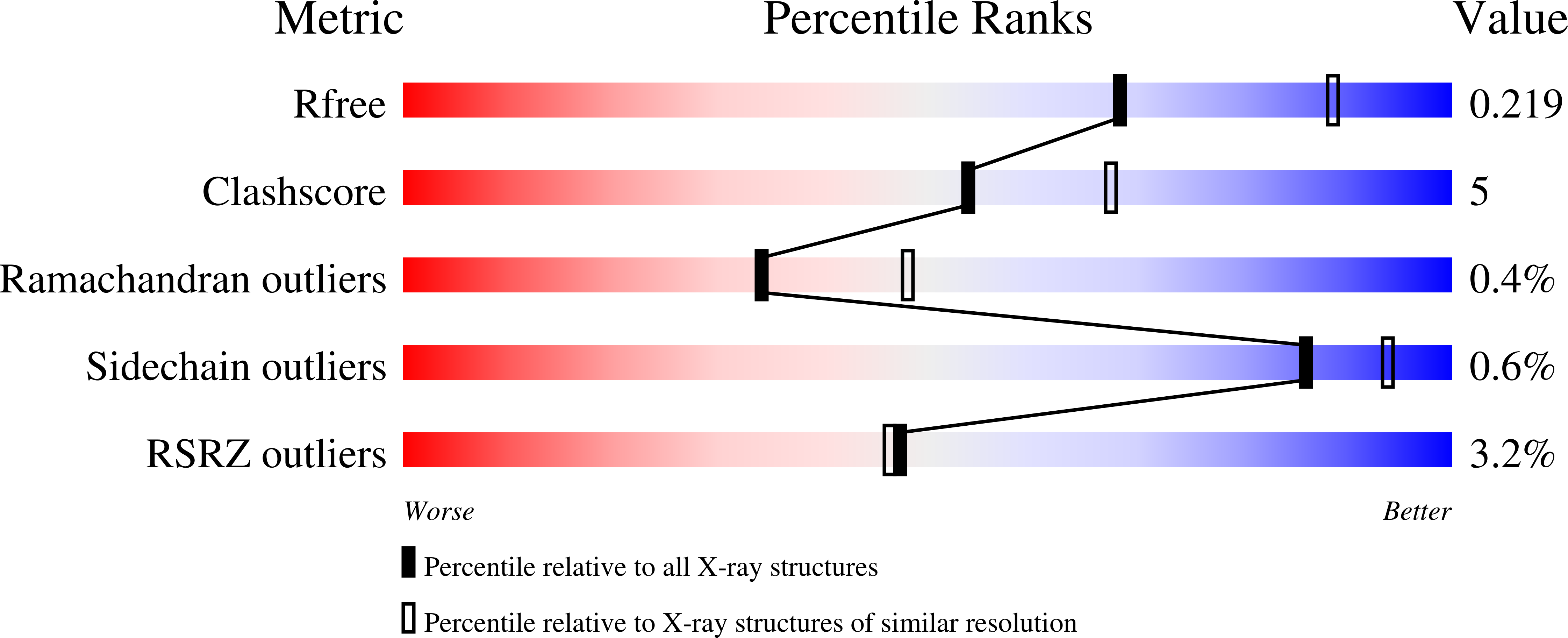
Deposition Date
2023-06-29
Release Date
2023-11-15
Last Version Date
2024-11-06
Entry Detail
PDB ID:
8PMS
Keywords:
Title:
NADase from Aspergillus fumigatus with replaced C-terminus from Neurospora crassa
Biological Source:
Source Organism:
Aspergillus fumigatus Af293 (Taxon ID: 330879)
Host Organism:
Method Details:
Experimental Method:
Resolution:
2.40 Å
R-Value Free:
0.22
R-Value Work:
0.20
R-Value Observed:
0.20
Space Group:
P 41 21 2


